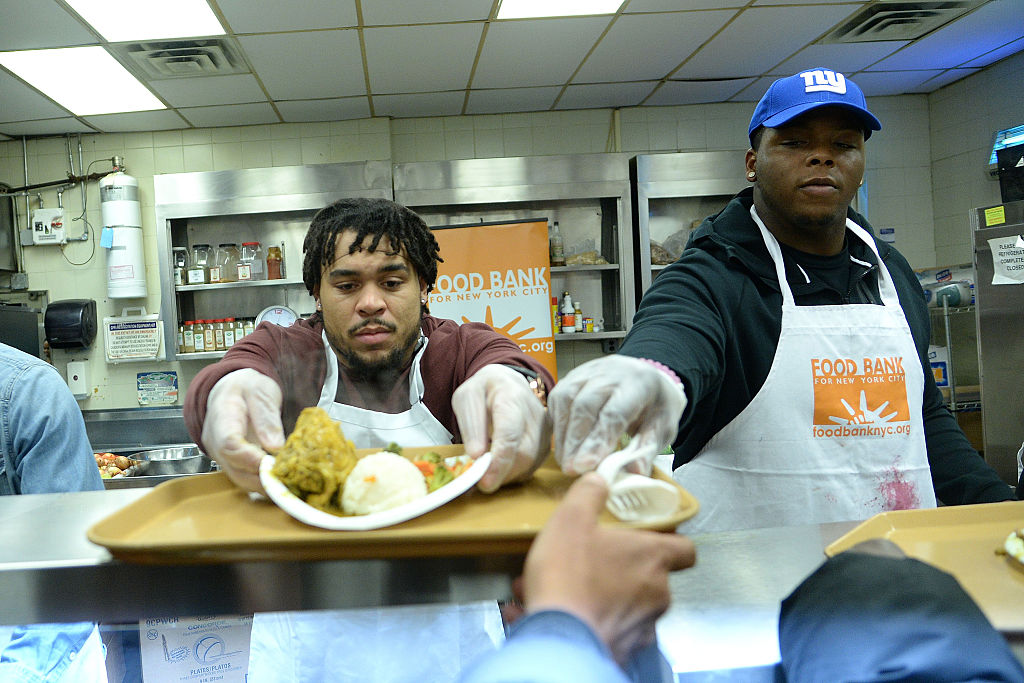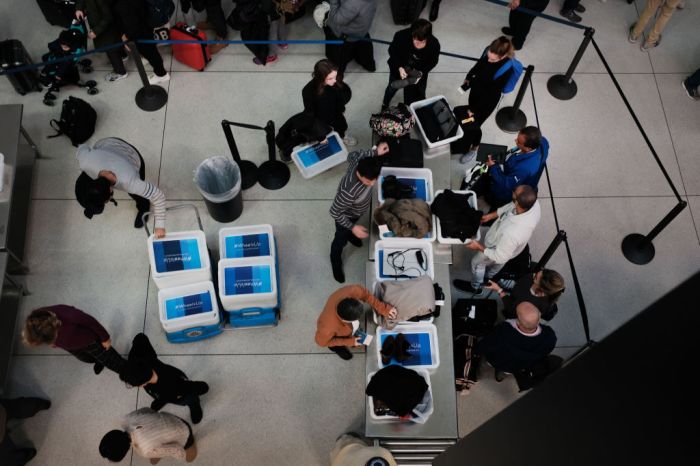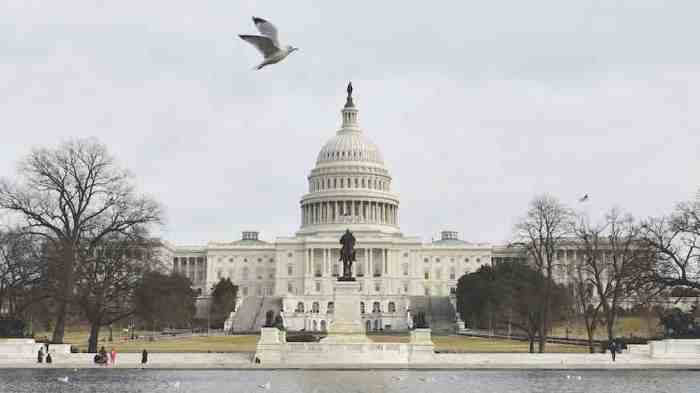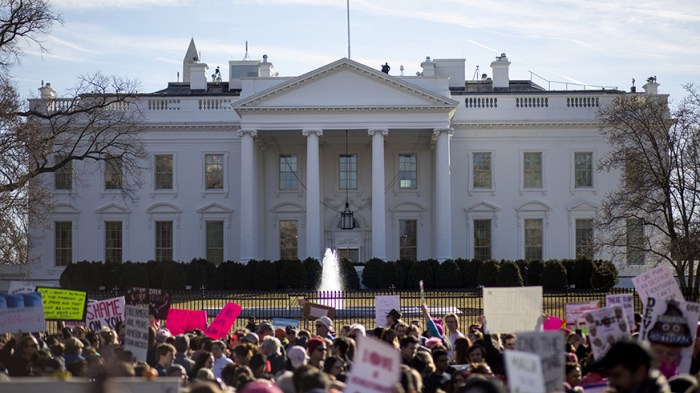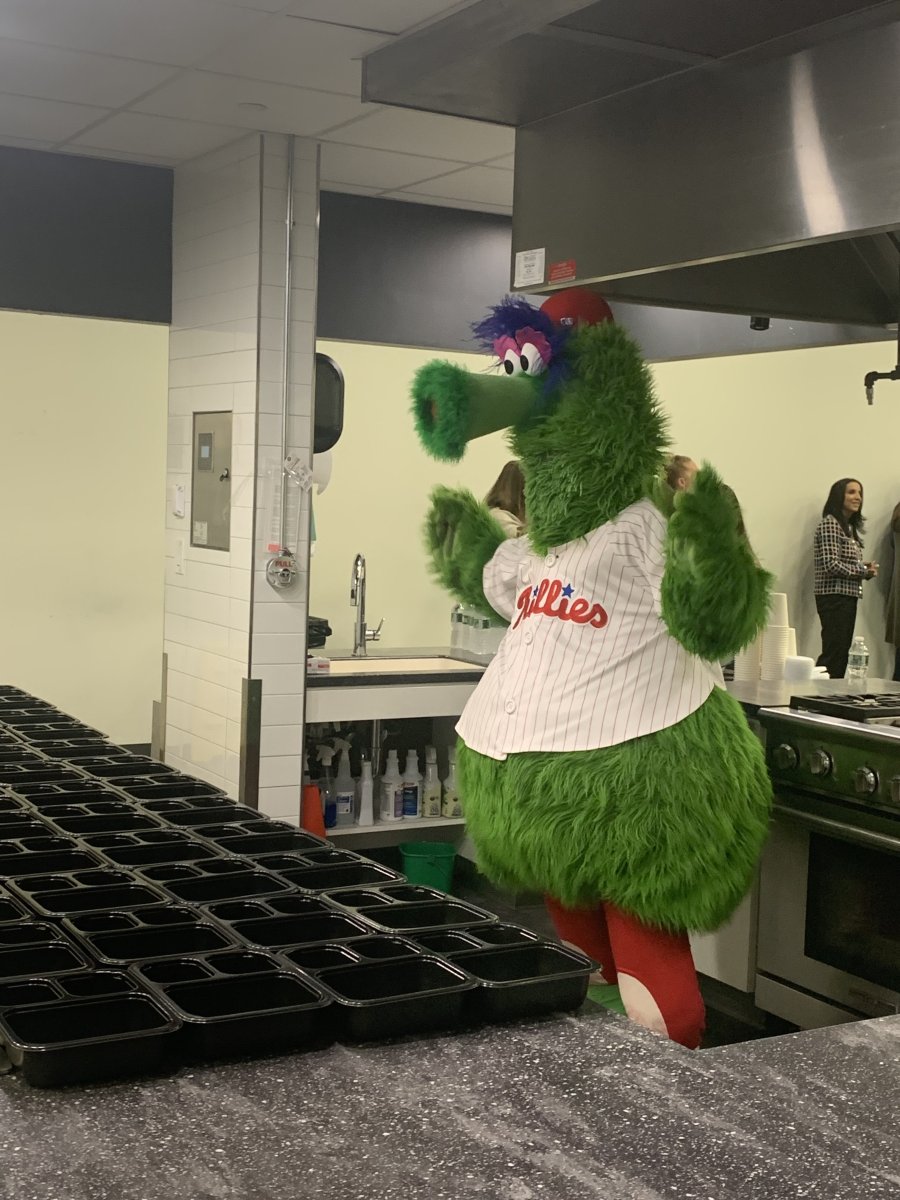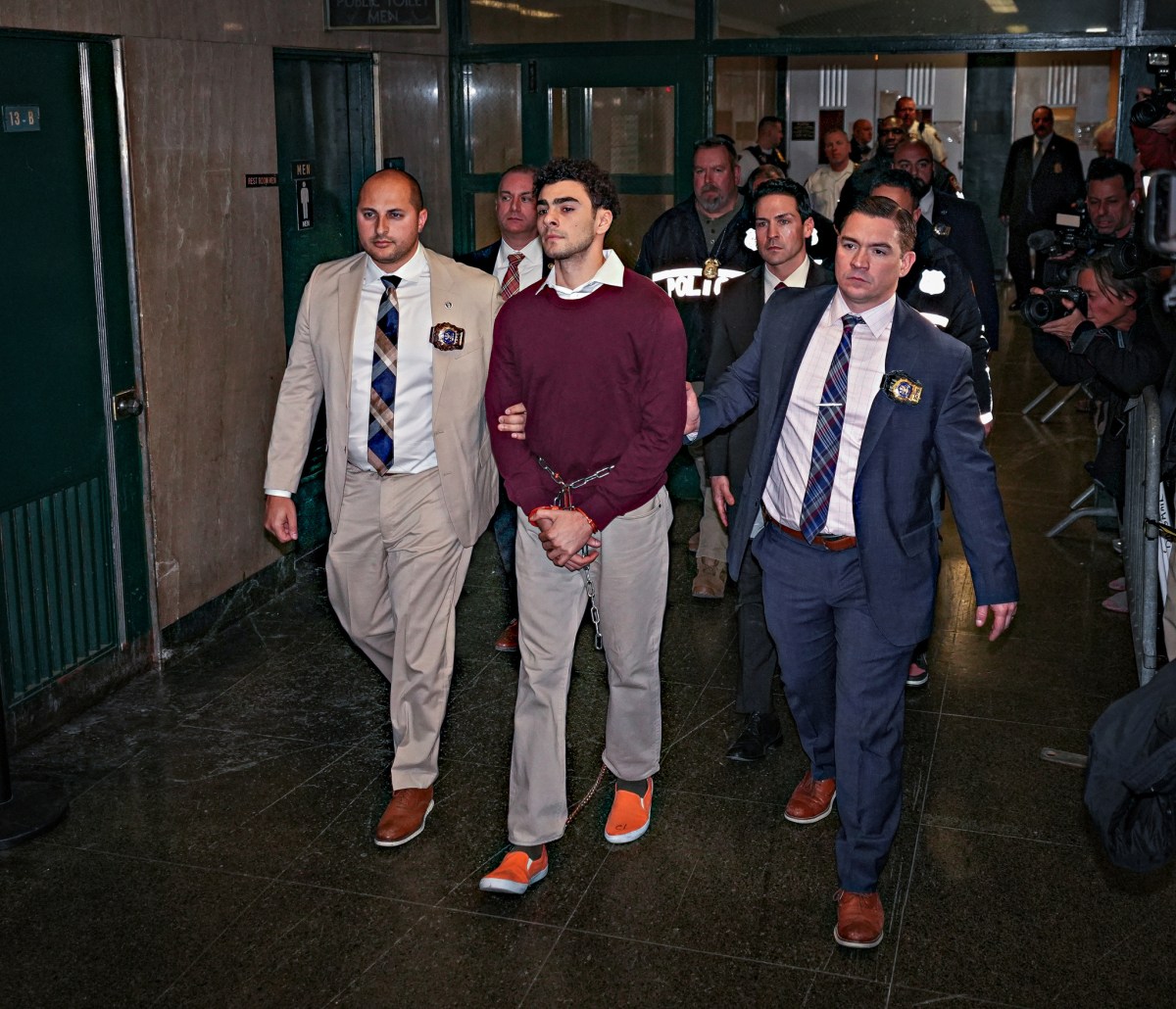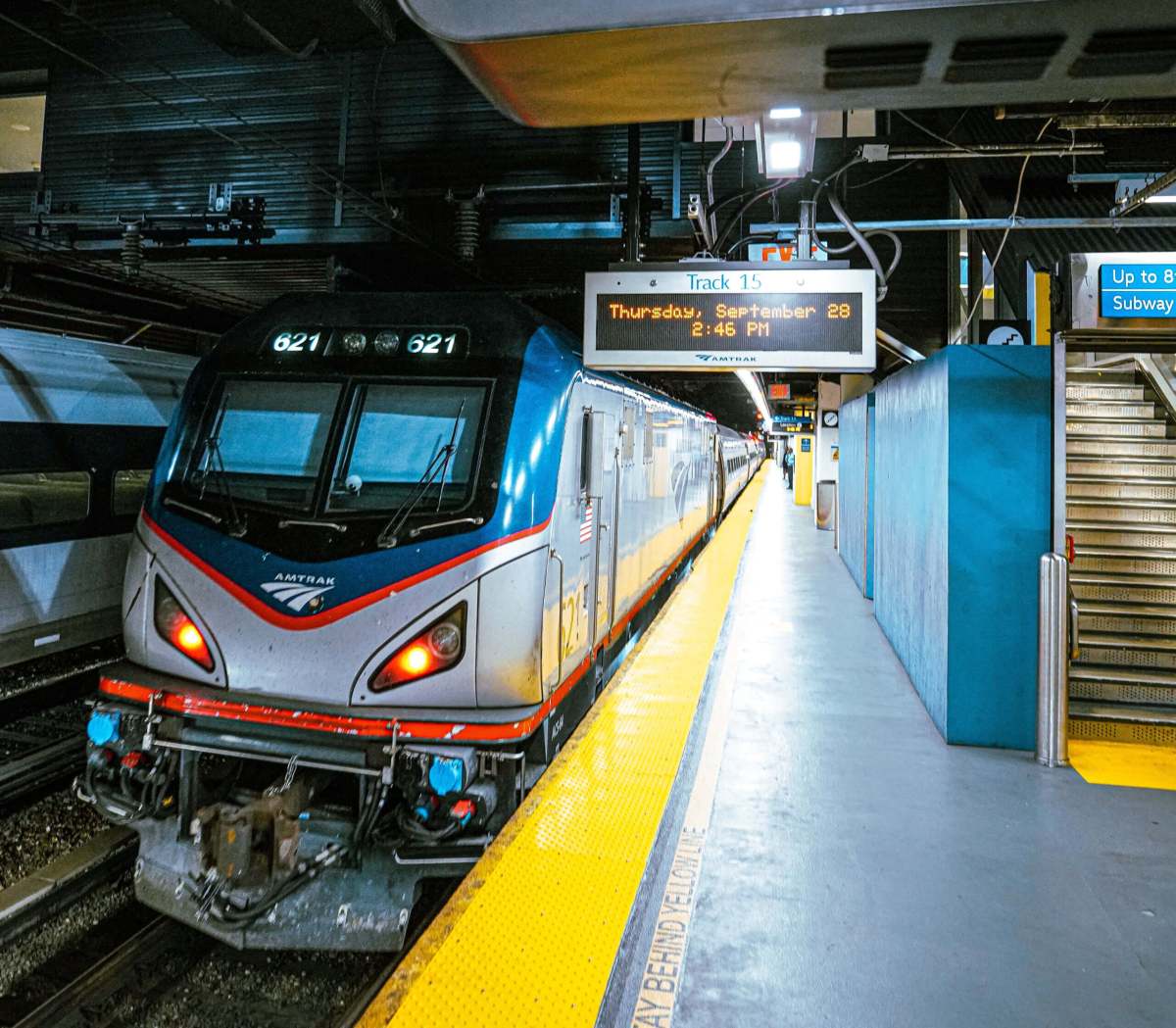Though the government shutdown ended on Jan. 25, it’s consequences are still being felt as the city faces a looming hunger crisis due to a “SNAP gap,” according to a new report from the Food Bank For New York City.
The shutdown, which at 35 days was the longest in the country’s history, affected hundreds of thousands of federal employees nationwide who were either furloughed or forced to work without paychecks. But it also affected those who use government services, like the 1.6 million New Yorkers who rely on SNAP (Supplemental Nutrition Assistance Program, or food stamps).
Those New York City SNAP recipients received their February benefits early because of the government shutdown.
“While the government shutdown may be over, the worst is yet to come for the many New Yorkers who rely on SNAP to help put food on the table every day,” Margarette Purvis, president and CEO of Food Bank For New York City, said in a statement.
“These benefits were issued two weeks early for most city recipients, creating a SNAP Gap, where recipients have to stretch their benefits over a much longer six-week time period,” Purvis added. “The significant lapse between SNAP disbursements presents an unanticipated financial hurdle and disruption for those already dealing with food insecurity and will place additional strain on emergency food providers across the five boroughs.”
The SNAP Gap will mean an increased demand emergency food assistance in mid-February, and will be especially intense during the New York City public school winter break, when children lose access to up to two free meals per day.
Government shutdown, SNAP Gap put spotlight on ongoing NYC hunger crisis
Food Bank For New York City research from November found that food pantries and soup kitchens throughout the five boroughs are seeing a huge increase in those seeking food assistance. Sixty six percent reported an increase in first-time visitors, 63 percent saw an increase in elderly visitors and 62 percent saw more families with children.
Because of the government shutdown, as federal employees turned to food pantries, they were stretched even thinner.
“An open government does not mean immediate pay for all,” the report reads. “The Emergency Food Network continues to serve those impacted by the shutdown, in addition to New Yorkers who struggled to afford food even before the shutdown began, but our community is shaken and deeply concerned for the security of our national response to hunger.”
In the wake of the government shutdown and ahead of the anticipated SNAP gap, food pantries are highlighting their current struggles.

Food Bank For New York City distributed food to those affected by the shutdown on Jan. 22. Getty Images
Nearly 50 percent of the city’s Emergency Food Network operate on an annual budget of less than $25,000, per the Food Bank report. While it’s considered “best practice” for nonprofits to have six months of operating cash on hand for emergencies, 76 percent of New York City food pantries and soup kitchens have only 1 month of cash or less on hand.
As New York City food pantries struggle, they overwhelmingly consider the policy changes by the federal government to be a major threat to their operations.
“After serving through the shutdown and in preparation for the ‘SNAP Gap,’ those threats – and their resulting challenges – have now been realized,” the report reads. “In this moment of stretching this safety net to its limit, this survey has also identified that emergency food programs are not only operating with minimum budgets, but are living ‘paycheck to paycheck’ with little to no operational cash beyond the current month.”

